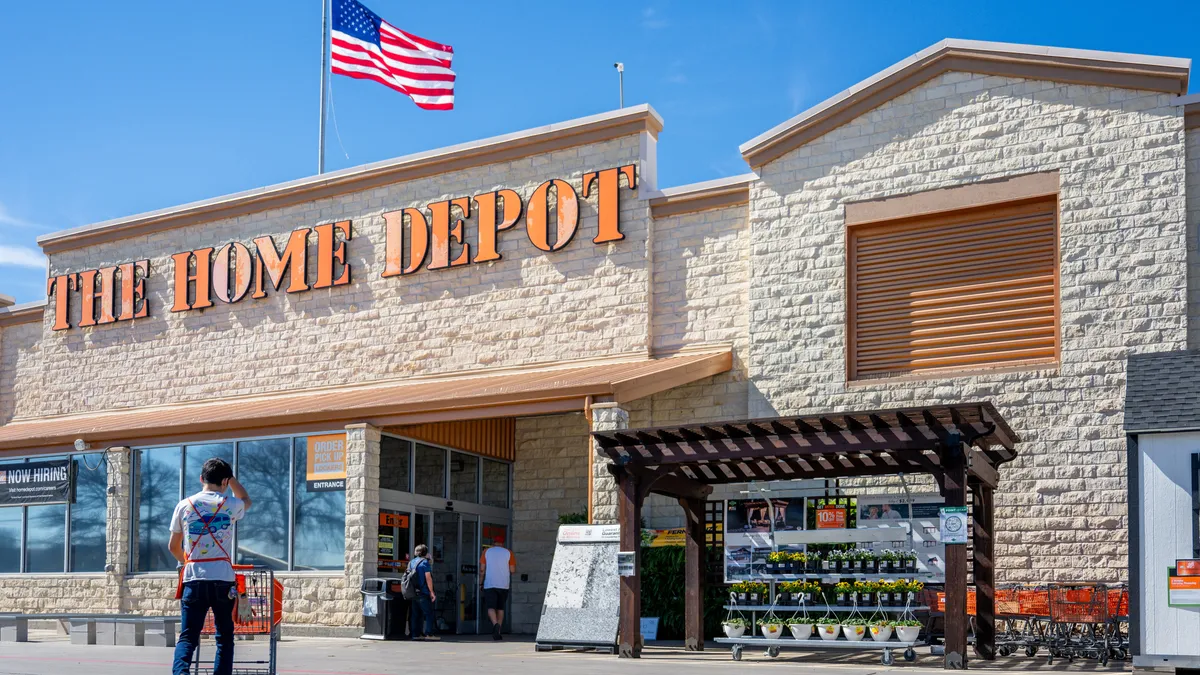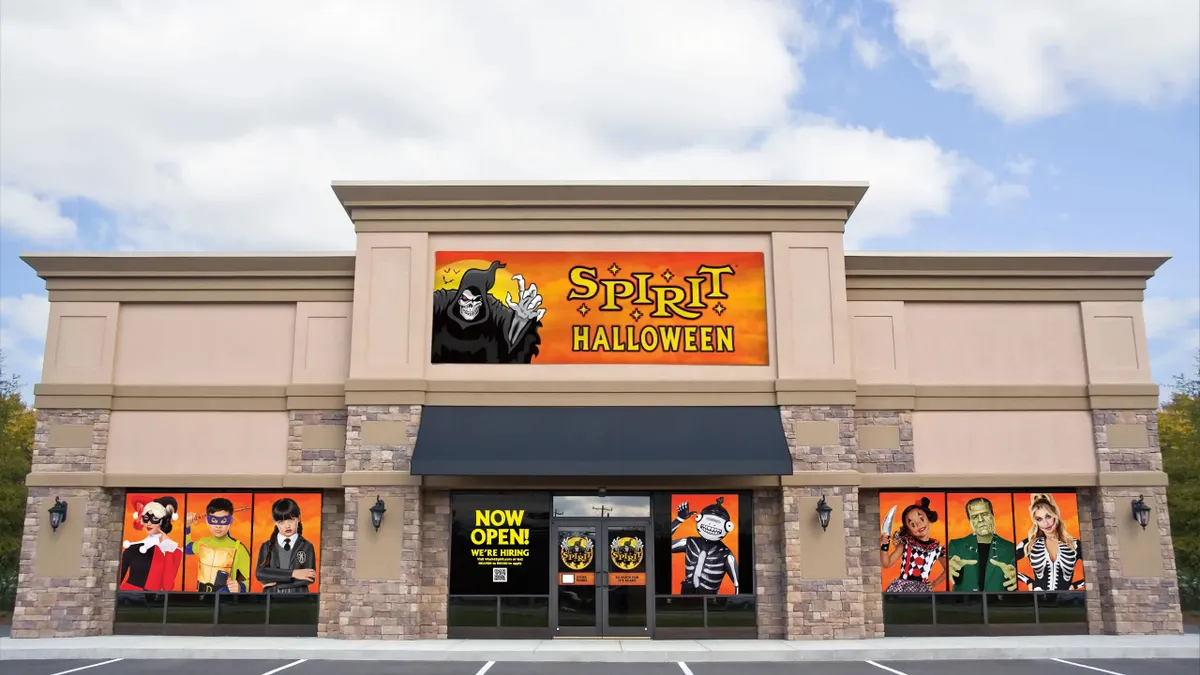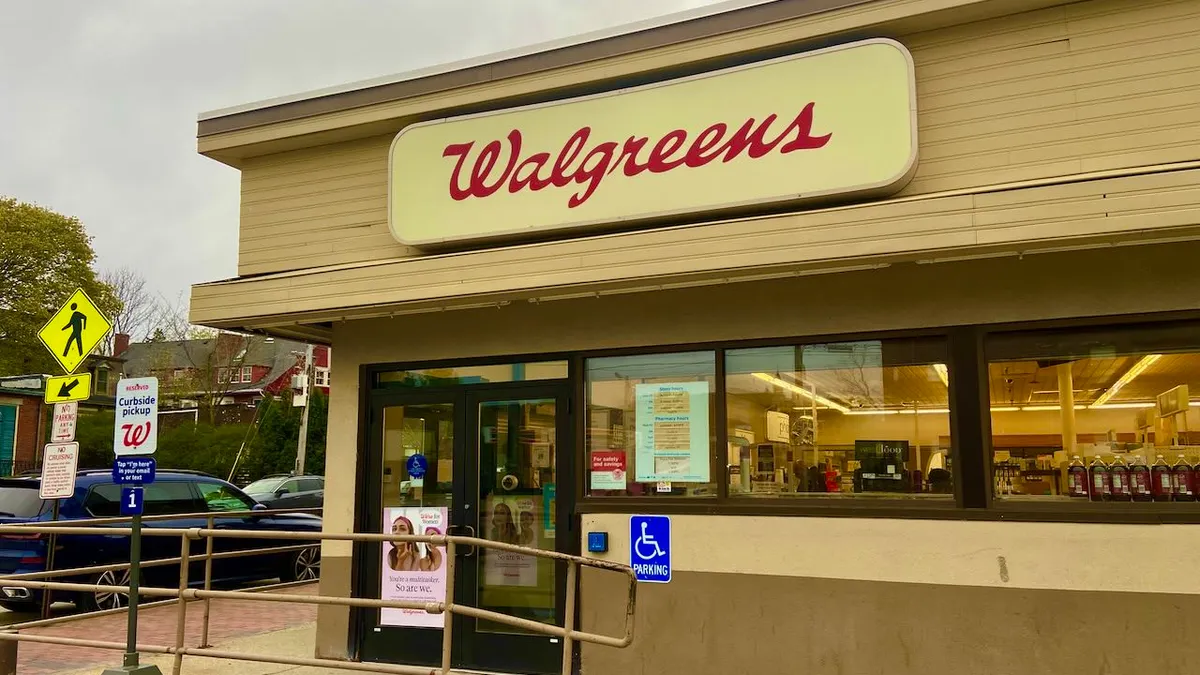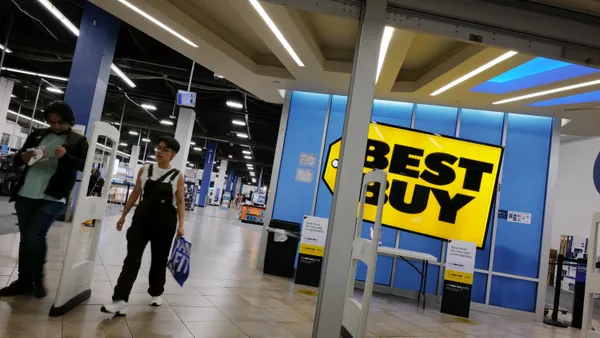More than anything else, this year's Black Friday reinforced the fact that consumers’ shopping habits are quickly changing — and retailers are slowly catching up.
According to the National Retail Federation and Prosper Insights & Analytics, over 151 million people said that they shopped online or in stores Thanksgiving weekend, a big increase from the 136 million people that were projected to shop over the weekend in mid-November.
It's important to remember that initial spending numbers should be taken with a big grain of salt, with nothing truly certain until the Commerce Department releases their retail sales numbers in January. But while the numbers may yet change, there are still five key shopping trends that emerged this Black Friday.
1. Consumers are spreading out their holiday budgets
Black Friday ain't what it used to be.
Rather than blow a substantial amount of their holiday budget on one or two big spending days like Black Friday, consumers are instead choosing to spread out their spending over the holiday season — and sometimes even months before then. Reporting from the Associated Press over the holiday season shows that many shoppers are disillusioned with Black Friday deals, saying they can find the same prices (or better!) online now.
"Black Friday weekend doesn't matter to me anymore," shopper Pia Tracy told AP. "There's always some kind of deal in-store or online.”
The change in shopping habits is not only making it harder for retailers to predict sales during the busy holiday season, it has also forced the NRF to retool their methods for estimating spending over the Thanksgiving weekend. The trade association stopped tracking total spending for the weekend this year, and has altered its survey questions to match changing shopping behavior. While this may give retailers a better read on Black Friday weekend spending, the changes make it just as hard for retailers and analysts to gauge the mood of holiday shoppers ahead of the crucial holiday shopping season.
“Retail is in the middle of an incredible revolution and evolution. As a result, NRF evolved what we have traditionally done in terms of examining the holiday weekend shopper to reflect these changing times. As the shopping environment changes so too must our analysis of it,” NRF president Matthew Shay said in a statement.
2. Digital grows while brick-and-mortar slows down on Black Friday
Early numbers of in-store sales from retail research firm ShopperTrack showed brick-and-mortar sales at $12.1 billion for Thanksgiving and Black Friday, down 10% from last year. Meanwhile, digital sales saw a large increase during the weekend.
Adobe Systems Inc. reports that about $4.45 billion was spent online during those two days, rising 14% from 2014. Even more telling, the NRF reports that more people said they shopped online (103 million) than in-stores (102 million) during the Thanksgiving and Black Friday weekend. Keep in mind that total in-store sales figures are historically difficult to nail down, while online spending is inherently easier to track during Black Friday.
But while brick-and-mortar may still remain the top earner for Black Friday spending, online continues to siphon sales away from physical stores as a growing number of shoppers turn to their desktop and mobile screens to cross off holiday gift lists.
Retailers have responded to these trends this year by offering more Black Friday sales online, some even hours before they are offered in-store. Both Wal-Mart and Target said they saw success with this strategy, with Target reporting its biggest online sales day in history on Thanksgiving. Wal-Mart was tripped up by website problems on Black Friday, with overwhelming demand slowing up checkout for some customers. However, its brick-and-mortar locations where helped by integrated online and in-store shopping operations.
“There were a number of customers last night who’d already shopped online, had made purchases, and were now in stores picking up other things,” Wal-Mart U.S. chief merchant Steve Bratspies told Fortune on Black Friday. “We never differentiate between the two as long as they choose Walmart. And we think they did that.”
One interesting anecdote is that Fortune reporter Phil Wahba noticed that the longest line in a J.C. Penney store in Jersey City, N.J. was at its in-store pick-up counter.
3. Mobile may be the biggest winner
This Black Friday confirmed that shoppers are going mobile in a big way.
One of the biggest drivers of online sales this holiday season were smartphones, with 57% of online shopping traffic coming from mobilen on Thanksgiving, according to Adobe. In total, mobile accounted for 34% of online sales on Black Friday.
As shoppers increasingly use their phones in-store and while researching products at home, retailers are responding with apps and helpful tools to facilitate spending. Wal-Mart, which offered store maps and digital gift lists on its app this year, said that around half of online orders Thanksgiving weekend came from mobile devices, almost double from last year.
In fact, mobile is predicted to make up the majority of e-commerce growth this holiday shopping season, according to ComScore.
This is a major shift for many retailers, who will need to make mobile shopping—both in-store and out—a priority by investing in mobile apps and beacons for in-store use, in-app shopping capabilities, mobile payments in stores, mobile advertisements, and more.
4. Some, but not all, retail websites responded well to heavy traffic
While many retailers seemed prepared for the influx of holiday shoppers to their sites and digital apps, there where some unfortunate exceptions.
Wal-Mart struggled with facilitating some of the traffic on its website on Black Friday as it offered most of its “doorbusters” online hours before they were available to in-store customers. Slow checkout plagued some Wal-Mart shoppers’ online experience, giving rise to some angry comments on social media.
Target’s CEO Brian Cornell, meanwhile, told the Wall Street Journal that it had “no issues” handling online traffic during the holiday shopping day.
Wal-Mart’s woes are fairly minimal when compared to Neiman Marcus, which saw its website down for more than 12 hours after it crashed early Black Friday morning and again Saturday morning. It was one of the only significant outages during the shopping holiday, and the cause is still not known. Neiman Marcus extended its promotions to late Saturday and Sunday after the two crashes.
Other retail sites, including Newegg, Jet, and Foot Locker, also saw crashes or significant slowdowns over the weekend. These crashes show that while retailers are making e-commerce a priority, many still have some catching up to do.
5. Digital shopping habits may make Cyber Monday obsolete
As Thanksgiving and Black Friday weekend spending shifts online, the role of Cyber Monday is being questioned. Once dedicated to holiday shoppers that would wait to access high-speed Internet at work in order to shop, the rise of smartphones and personal computers could render Cyber Monday somewhat obsolete.
A growing number of retailers continue to promote “doorbuster” Black Friday deals online to grab a piece of this spending, and give tired shoppers a few hours of screen time to escape from family. As Cyber Monday and Black Friday deals continue to blend, and consumer shopping continues to be spread over a few days, the day dedicated to online shopping may diminish.
"Cyber Monday is dead," Steven Skinner, senior vice president of Cognizant Technology Solutions in Teaneck, New Jersey, told Bloomberg. "People are no longer waiting until they get back to work to shop. I have a better connection on my phone right now than I do at my desk at work."
Check back tomorrow for our analysis of the early numbers and takeaways from Cyber Monday.





















